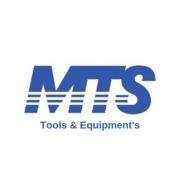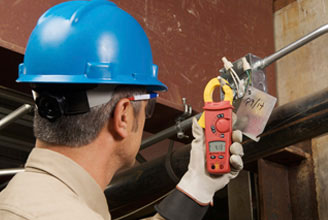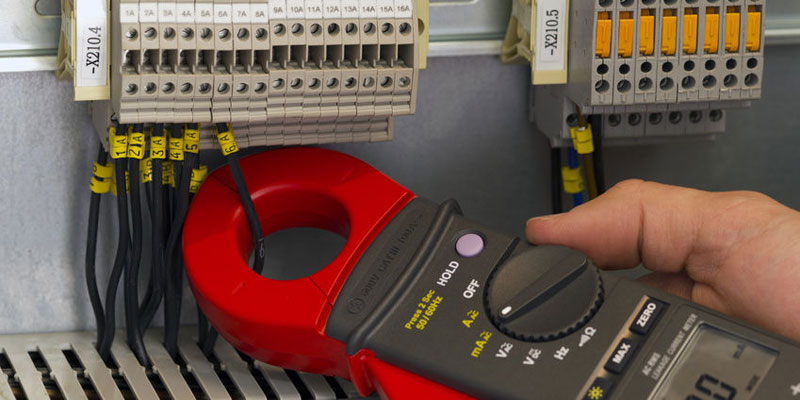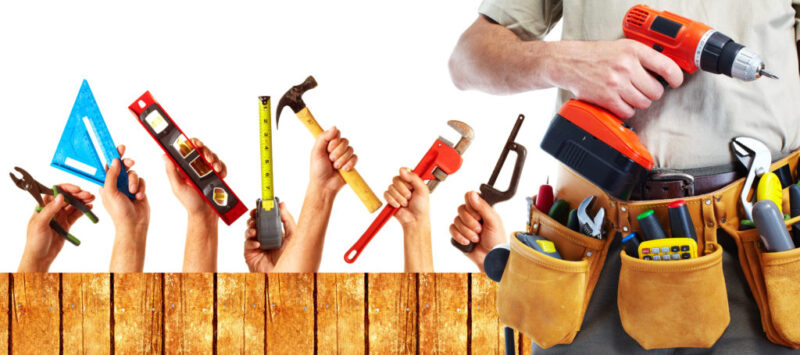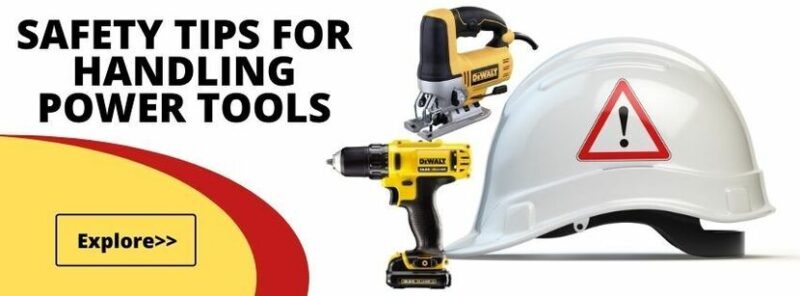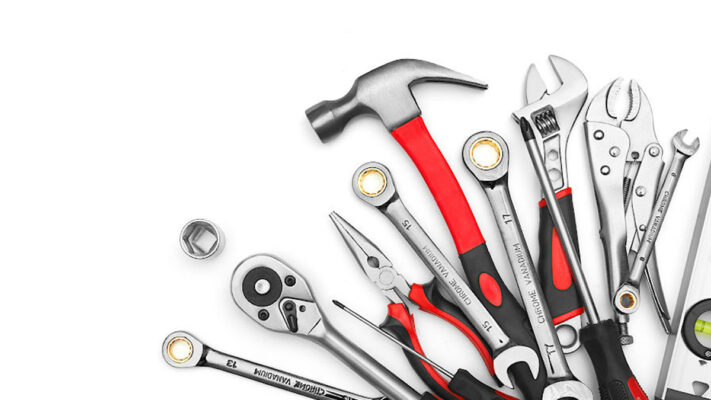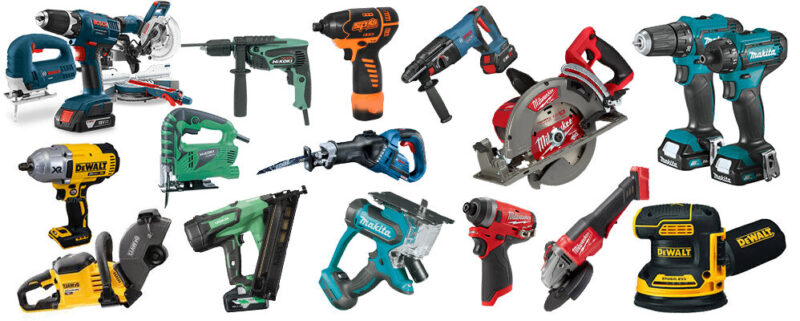Clamp Meters, Electrical Instruments, Measurement & Analysis Instruments
How to use clamp meter
How to use a clamp meter?
You will need a clamp on meter specifically designed to measure AC power. To do so, you would have the clamp on the conductor, and the voltage probes connected to line (+) and neutral (-) simultaneously. If you just measure the voltage and current and multiply the two, the product will be the VA which is total power.
Before using your digital clamp meter, it’s important to understand how it differs from a digital multimeter (DMM). Although a digital clamp meter is basically just a DMM combined with a current sensor, there are two key differences:
- A digital multimeter mostly measures voltage, but it has a few current capabilities. A clamp meter does the opposite: it’s great for measuring current, but a little lacking when it comes to voltage.
- While DMMs are high-resolution, measuring in units like millivolts and milliamps, clamp meters will only measure to the nearest tenth or hundredth. This is fine for electric work, but don’t expect smaller measurements!
DMMs are more accurate and give you direct readings, but they’re much slower and not as safe.
It’s smart to have both DMMs and digital clamp meters on hand. For certain situations, though, clamp meters are indispensable.
Digital clamp meters are versatile, safe, and fast — you’ve made a great purchase!
How does this clamp meter work?
Inside the hard jaws of your new digital clamp meter is ferrite iron. This is what measures the magnetic field of a current as it flows through a conductor.
A current transformer senses the fluctuations in the magnetic field and converts the value to an AC reading, which shows up on your display. Clamp meters are great for high AC currents, which make them an ideal tool to have around.
If you’re familiar with how to direct currents work, you might wonder how a clamp meter would help you in a situation when you need to measure DC currents instead of AC.
DC currents flow in a fixed polarity, AKA the magnetic field doesn’t change. So can you still use a digital clamp meter to measure a DC current?
Yes!
Clamp meters that can measure DC current use the Hall Effect to give you a correct measurement.
However, digital clamp meters aren’t limited to just AC/DC current measurements. Your purchase may have included extra sensors to make the tool even more versatile.
If that’s the case, you can plug test leads into your clamp meter to analyze things like voltage.
Here’s the best part — unlike old-fashioned test probes, you can use a clamp meter to get a current reading without breaking a circuit.
No shutting off circuits, no cutting into wires — just clamp the meter around a wire and get your reading. Safe and convenient.
How do I use it?
1. Know thy clamp meter
Before you start using your clamp meter, know what you’re looking for. For example, resolutions differ by meter. Hint — the resolution lets you see if there are any changes in the signal that you’re measuring. If you have a meter with a 0.2 amp resolution, don’t expect to be able to see changes of .1 amps. Differences in accuracy also matter. Even though clamp meters are super reliable, they aren’t as accurate as DMMs. There’s room for error. Your accuracy will usually be expressed as a percent, kind of like the margin of error you see in surveys.
2. Understand what you see
If you’re not familiar with digital clamp meters, the display can look like it’s in Greek. (There are some Greek characters on there, actually.) Once it’s explained, however, it’s easy to read. Here are some of the terms you may see on your display:
- Inrush: Short for inrush current. If it’s lit up, it’s active.
- Hold: This indicates whether or not your display is frozen to show the last reading you took.
- Ω and kΩ: ohms and kilo-ohms.
- Hz: frequency
- MAXMINAVG: This is telling you whether your maximum, minimum, or average reading is being displayed. It’s important to pay attention to which is lit up. Your data will be wrong if you’ve accidentally been using the minimum number in calculations instead of the average!
In addition to what’s above, each digital clamp meter has its own unique symbols on the display. All of them are meant to help you double check what the meter is programmed to do. Before you use it, learn the specifics of your meter to make sure you understand how to read the display.
3. Take a reading
The basic function of the clamp meter can be summed up in one sentence. Select the current you want to measure, open the jaws, and put them around (not on) the wire. Wait. Done. Clamp meters are fast enough that they will give you a reading within just a few seconds. Of course, there are some nuances in those instructions. Let us break it down: First, use the rotary selector to make sure that you’ve set your clamp meter to the correct function. You don’t want to be trying to measure DC current with AC settings.
You’ll also use the rotary selector to make sure that your range is correct. This is an important step, since measuring a current that’s higher than the range you’ve selected can seriously damage your meter. If you’re not sure about the range, set it higher than you think you’ll need just to be safe. You can lower it later as needed. To get the best reading, make sure that the electrical wire you’re measuring is plugged into an appliance that’s currently operating.
Special Measurements
What if you want to measure something other than current? If you’re looking to get a reading on something like voltage or resistance, your process will look different.
Voltage
Measuring voltage is a little more complex. Instead of just using the hard arms, you’re going to have to break out the test probes.
Here’s how the process changes to measure voltage:
- Choose the voltage you’re trying to measure: AC or DC.
- Plugin the test probes — the black probe goes to the COM jack, while the red connects to the V/O jack.
- Select the range, just like if you were measuring current.
- Touch the tips of the probes to the conductor to get a reading.
If you want to remember your reading but get away from the electrical source, you can press the ‘hold’ button to freeze the reading. Then you can walk away without worrying about forgetting the numbers.
Resistance
Measuring resistance is mostly the same as measuring voltage: you make sure resistance is selected, plug in your test probes and select the range.
Instead of touching the tips of the probes to the circuit, you connect the probe tips across the part of the circuit you want to measure.
The biggest difference is most important — resistance measurements can only be made with the circuit’s power off.
Unlike measuring current or voltage, measuring resistance with the power on could damage either the circuit or your meter.
Maintaining your digital clamp meter
Let’s be real — clamp meters cost a pretty penny. You want to make sure that yours lasts as long as possible.
How do you make that happen?
First, a no-brainer. Make sure your tool is stored properly.
You should keep your clamp meter in a clean, dry place so that it’s not at risk of rust. Ensuring that the meter itself is clean is equally important — dirt and grease will throw off the accuracy of readings.
If possible, don’t put anything on top of your meter that would knock the jaws out of alignment. If they’re not aligned correctly, the magnetic circuit won’t close.
Most digital clamp meters have self-aligning features, but it’s better safe than sorry.
Still, don’t start using your clamp meter to pry things apart. That self-aligning feature will only fix so much.
You can use your new tool for service needs, installation troubleshooting, and maintenance of electromechanical systems. Whatever you bought the meter for, you can rest assured that your new tool is safe, reliable, and a huge time-saver.
By buying a digital clamp meter, you’ve made a great investment that’s sure to last.
Do you have a product that you’d like us to review, or do you have a question not answered here? Let us know!
How to use clamp meter ?
